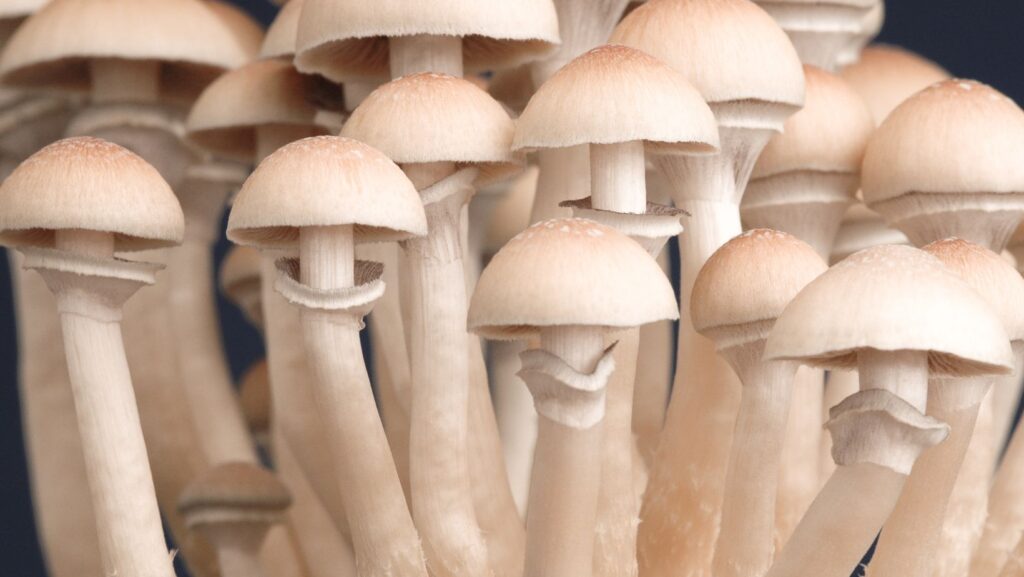
The burgeoning popularity of shroom bars, crafted from a blend of mushrooms and other ingredients, has inspired a new appreciation for their unique flavors and potential health benefits.
Identifying the quality of these products is crucial for both enthusiasts and newcomers alike. This guide offers a detailed exploration of the characteristics that distinguish superior shroom bars, enhancing your ability to select the best options.
In an industry rife with variability, understanding the nuances of mushroom quality, complementary ingredients, and the resultant nutritional benefits will equip you with the discernment needed to navigate the market effectively.
Understanding Mushroom Quality
Key Traits of High-Quality Mushrooms
- Texture and Color: Premium mushrooms used in shroom bars should possess a firm, not spongy, texture. The color should be uniform and vibrant, without any signs of discoloration or bruising.
- Aroma: A fresh, earthy smell indicates mushrooms that have been properly harvested and stored. An off or musty odor can signal decay, significantly impacting the final product’s taste and safety.
Sourcing and Sustainability
Mushrooms should be sourced from reputable growers who adhere to sustainable harvesting practices. This ensures the ecological balance and maintains the integrity and potency of the mushrooms. Key sourcing indicators include:
- Traceability: The ability to trace the origin of the mushrooms back to specific farms or regions.
- Certifications: Look for organic or sustainability certifications that confirm adherence to certain agricultural standards.
Additionally, engaging with producers prioritizing low-impact farming techniques contributes to preserving natural habitats and biodiversity. These practices are not only ethical but also often yield mushrooms of higher quality due to the healthier, more natural growing conditions and chocolate lovers can also enjoy SERO Mushroom Chocolate.
Ingredient Composition
Pure and Natural Ingredients
A quality shroom bar is characterized by using pure, natural ingredients without artificial additives. This section delves into what to look for on the ingredient list:
- No artificial flavors or colors: These are often used to mask inferior ingredients or to make the product more visually appealing.
- Minimal processing: The best shroom bars keep processing to a minimum to preserve the natural properties of the mushrooms and supporting ingredients.
Complementary Ingredients
Ingredients combined with the mushrooms should enhance the bar’s flavor and health benefits. Common complementary ingredients include:
- Nuts and seeds: These add texture and are packed with beneficial fats.
- Natural sweeteners, Such as honey or maple syrup, provide sweetness without the health drawbacks of refined sugars.
It is also essential that the complementary ingredients maintain a synergistic relationship with the mushrooms, supporting not just the flavor profile but also enhancing the overall nutritional payload of the bar. For example, including spices like cinnamon or turmeric can add anti-inflammatory properties and subtle flavor complexities.
Sensory Experience and Flavor Profile
Assessing the Flavor Balance
A shroom bar’s flavor profile should be complex and balanced, showcasing the natural taste of the mushrooms while harmonizing with other ingredients. Look for:
- Depth of flavor: Quality bars often have layers of taste that unfold with each bite.
- Aftertaste: The finish should be pleasant and linger just enough to leave a memorable impression.
Texture and Consistency
The texture of a shroom bar should complement its flavor. A well-made bar will have an enjoyable consistency that reflects its ingredients’ quality.
Depending on the type of mushrooms and binders used, this can range from chewy and dense to light and crisp. The perfect texture in a shroom bar is about the mouthfeel and how it enhances the release of flavors. A meticulously crafted texture ensures that each bite delivers a consistent flavor and contributes to a satisfying eating experience, engaging multiple senses simultaneously.
Health and Nutritional Benefits
Nutrient Density
Quality shroom bars not only taste good but also offer substantial nutritional benefits. They should be rich in:
- Proteins and fibers: Essential for digestive health and satiety.
- Vitamins and minerals: Particularly those that support immune function and energy levels.
Functional Benefits
Many mushrooms possess functional benefits that can be enhanced when properly prepared:
- Antioxidants and adaptogens: These compounds help combat stress and inflammation.
- Bullet list of common mushroom types and their benefits:
- Reishi: Supports immune function and stress reduction.
- Lion’s Mane: Known for enhancing brain function and nerve health.
- Chaga: Boosts the immune system and reduces inflammation.
The integration of mushrooms with known health-enhancing properties into shroom bars means that each serving doesn’t just satisfy taste buds but also contributes to well-being. By emphasizing the functional aspects of the ingredients, these bars can be positioned as a valuable part of a health-conscious diet.
Conclusion
Choosing a quality shroom bar requires attention to detail—from the sourcing of its mushrooms to the final sensory experience it offers. By understanding these essential elements, you can make informed decisions that enhance your enjoyment and ensure you reap all the potential health benefits.
As this field continues to evolve, staying informed about these factors will enable you to select the finest shroom bars on the market consistently. Furthering this understanding enriches your personal experience and supports the development of a sustainable, ethical, and health-focused market.












